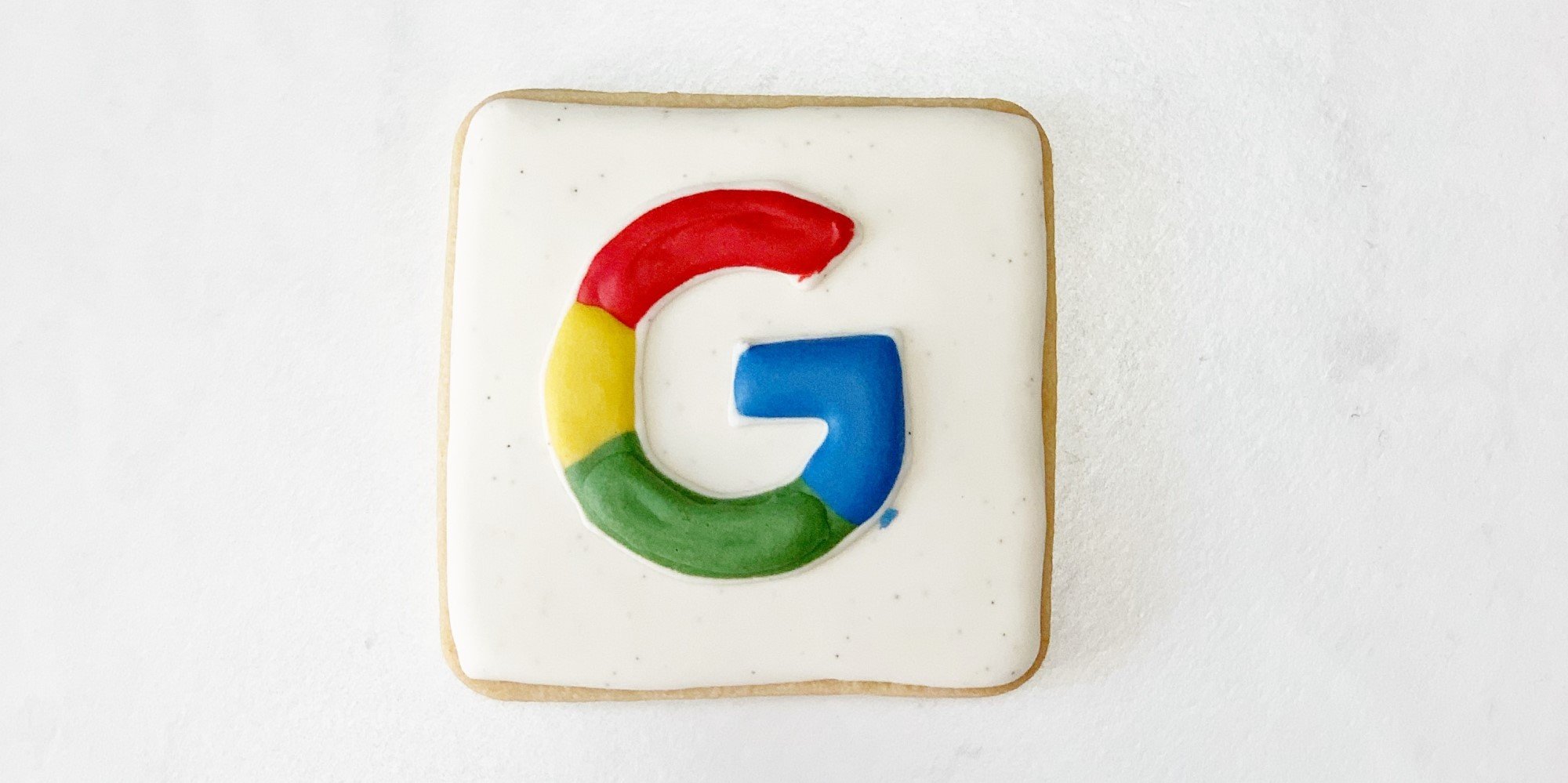How to Protect SEO Performance During a Site Migration
Arming yourself with the right tools to ensure a smooth site migration is important - find out how to protect your SEO during a migration today.
Read moreOur Technical SEO Specialist Tom Williams takes us through Google’s change to the way it indexes content.
Back in November 2016, Google announced plans to make changes to their index; making it mobile-first. This change affects the way Google indexes content.
.jpeg?width=500&height=250&name=pexels-photo-257923%20(1).jpeg)
Simply put, Google looks at the desktop version of a website, and gathers data that enables it to rank the website’s mobile version.
Once Google goes mobile-first, the process will do the exact opposite; Google will look at the mobile version of a website, and gather data that enables it to rank the website’s desktop version.
According to Google updates, the change is “likely” to happen in 2018, but there are no hard dates yet.
Tests are currently underway, which could mean the hard release is brought forward. If the tests acquire negative results, this will be pushed back.
Note: if you don’t have a mobile website, Google will continue to crawl your desktop site. They do, however, recommend you build a mobile version.
All of your content and links should be easily accessible, regardless of how your website is accessed to begin with. Also, you should consider how these are displayed, as you don’t want your products placed too far down the page.
Note: regarding the mobile-first indexing process, Google has confirmed having content in tabs is fine, as long as the content loads when the page loads.
This is already an important ranking factor to consider. When mobile-first is released, it will still be just as important as it is now.
When mobile-first goes live, your structured data mark-up needs to be present and formatted correctly.
Google launched an Interstitials Penalty earlier this year. This focuses on pages that make content more difficult to access.
Note: if interstitials are used for reasons surrounding legalities, this shouldn’t be an issue.
Ensure any pop-ups on your website don’t fully obstruct that page’s content, and that they can be easily closed down by the user.
Ultimately, Google hopes this change will have minimal impacts on rankings. The search engine giant plans for a quality neutral release that shouldn’t affect the way webmasters conduct their processes, and has mentioned messaging webmasters to forewarn them of any issues that might cause problems.
If webmasters are worried about this mobile-first indexing change, they are advised to use “Fetch as Google”, a tool within Search Console that allows them to decipher exactly how Google “sees” their pages.
If you would like to find out more about how this release could affect you and your business, don’t hesitate to contact our SEO experts. They’ll be able to discuss this further and answer any queries you may have.
More articles you might be interested in:

Arming yourself with the right tools to ensure a smooth site migration is important - find out how to protect your SEO during a migration today.
Read more
Google employees have recently announced that the upcoming Google Core Update is set to be released in the coming weeks. Understanding and addressing...
Read more
Language matters. Any marketer worth their salt knows this. But when discussing gender and sexual orientation, that importance is amplified tenfold.
Read more
When marketers think of thought leadership, there are names rather than ideas, that tend to spring to mind.
Read more
As Google turns 25, we’re taking a look back at our favourite Google moments. Which features have made the biggest impact on digital marketing on...
Read more
With the release of GPT-4, how revolutionary will this tool be? Alan Rowe takes us through it...
Read more
To help prompt you to consider your approach to organic search integration, Dr. Dave Chaffey gives some practical tests you can apply to review your...
Read more
Learn more about the importance of understanding the user journey to create a content strategy that is on point.
Read more